Intense negotiations on the next Common Agricultural Policy (CAP) are continuing as lawmakers in Brussels seek to strike a deal before the summer.
Talks on the package, which will determine how over €10bn in payments to Irish farmers will be spent, have been rumbling on for several years, but the sprint to the finish line is under way.
Documents from inside the negotiations, seen by the Irish Farmers Journal, set out where compromises have been reached, and where work remains to be done.
Here are seven key areas for Irish farmers to keep an eye on.
More convergence, but how much?

Farmers who have lost out through convergence can expect that trend to continue from 2023.
Convergence, or payment flattening, has been a thorny issue for Irish farmers since it was first introduced in 2015. Since then, €100m has been reshuffled between farmers, creating winners and losers and that trend looks set to continue.
The initial reforms drawn up by former Irish Commissioner Phil Hogan and the European Commission set out plans for all entitlements to reach at least 75% of the national average by 2026.
The European Council, which received its mandate from agriculture ministers, has backed the Commission’s proposal. However, the European Parliament’s negotiating team is pushing for a more ambitious proposal which would see entitlements reaching the 75% mark by 2024, followed by full flattening in 2026.
The convergence of payments in Ireland has been paused awaiting the outcome of the talks.
Limits for
bigger payments
The next CAP is set to bring stricter limits on the size of payments, but all sides remain divided on what they should be.
The Commission’s original proposal was for a mandatory maximum of €100,000 per applicant, with gradual reductions for those claiming more than €60,000.
MEPs in the European Parliament have rowed in behind this position.
There would, however, be provisions for labour costs to be subtracted before a limit is applied with the Commission willing to allow farmers to subtract their own labour costs and those of employees.
The Parliament wants this limited to just 50% of employee wages.
The council wants to relax the rules, with the decision to apply the payment limits at the member states’ discretion.
In Ireland, there are around 800 farmers receiving payments of more than €60,000 and just over 100 farmers on over €100,000.
Front-loading payments for small and marginal farms
The European Commission has proposed introducing a new fund to finance front-loaded payments to small and marginal farms called the Complementary Redistributive Income Support for Sustainability (CRISS).
It wants it to be compulsory for countries to move payments from big farms, through measures such as capping, to smaller farms. The Parliament has agreed with the proposal but the council once again is seeking more flexibility to make it optional for member states.
Under the approach backed by the Commission and Parliament, there would be an annual payment paid across a certain number of hectares set by countries themselves. The number of hectares could not exceed the average farm size, which is 32ha in Ireland.
How to deal with
armchair farmers
Legislators remain divided on how best to prevent CAP payments leaking away from those who need them most and the perceived issue of “armchair farmers”.
The Commission wants to introduce a loose definition of a “genuine farmer” at an EU level, with member states setting out in greater detail which farmers were not considered genuine.
This would use methods such as income tests, labour inputs to the farm, and the exclusion of certain businesses. It stressed that part-time farmers should not be excluded.
The council has not backed this plan and has proposed no alternative. The Parliament wants a definition to be for an “active” rather than “genuine farmer” and to delete out requirements for conditions such as income tests.
Who has young farmers’ backs?

There are a number of different proposals on how best to supprot young farmers along with the budget to fund them. \ Claire Nash.
Attracting young farmers while supporting older farmers is a juggling act that the CAP is yet to master.
Supports have moved from retirement schemes and installation aid to top-up payments. No side in the negotiations is proposing a radical rip-up of the current template. Currently, countries can dedicate a maximum of 2% of their direct payments for top-up payments – around €24m in Ireland’s case.
Next time around, the Commission proposed this becomes “at least” 2%. The Parliament wants to double the budget to at least 4%.
The council has not set out the percentage but would like to see an option for young farmers to receive top-up payments in a lump sum at the start rather than spread over five years.
MEPs also want to add a category called “new farmer” which would be made up of new entrants over the age of 40.
Eco-schemes can fund
animal welfare initiatives

Animal welfare initiatives, such as improving the viability of male dairy calves in Irish beef systems, could be in line for funding under eco-schemes.
Eco-schemes are flagship proposals that will see direct payment funds used to incentivise environmental and climate action. All three sides have now agreed that they can be used to fund animal welfare initiatives too.
This is potentially significant for Ireland. In its country specific recommendations, the Commission called for action to improve the viability of bull calves from the dairy herd in locally-based production systems.
By opening the animal welfare door, eco-schemes, which will swallow between 20% and 30% of Ireland’s €1.2bn direct payment budget, could be used to address the issue.
All sides have agreed that eco-schemes should be paid on a per-hectare basis, similar to Greening, or to compensate farmers for the cost of a certain measure, like GLAS. In the latter case, payments per head on livestock will be permitted.
The elusive eligible hectare
All three sides are in agreement that the definition of what constitutes an eligible hectare for farm payments needs to change. However, they cannot agree on what it should be changed to.
Long a stick to beat CAP with, farmers can only receive payments on those hectares deemed to be in good agricultural and environmental condition. However, this definition has been seen to discourage the retention of farm areas that are beneficial for nature and rewarded through farm schemes.
Striking the balance here will prove difficult with negotiators still unable to find a workable compromise.
Read more
What the EU expects from farmers in the next CAP
Who's milking the CAP cash cow?
Intense negotiations on the next Common Agricultural Policy (CAP) are continuing as lawmakers in Brussels seek to strike a deal before the summer.
Talks on the package, which will determine how over €10bn in payments to Irish farmers will be spent, have been rumbling on for several years, but the sprint to the finish line is under way.
Documents from inside the negotiations, seen by the Irish Farmers Journal, set out where compromises have been reached, and where work remains to be done.
Here are seven key areas for Irish farmers to keep an eye on.
More convergence, but how much?

Farmers who have lost out through convergence can expect that trend to continue from 2023.
Convergence, or payment flattening, has been a thorny issue for Irish farmers since it was first introduced in 2015. Since then, €100m has been reshuffled between farmers, creating winners and losers and that trend looks set to continue.
The initial reforms drawn up by former Irish Commissioner Phil Hogan and the European Commission set out plans for all entitlements to reach at least 75% of the national average by 2026.
The European Council, which received its mandate from agriculture ministers, has backed the Commission’s proposal. However, the European Parliament’s negotiating team is pushing for a more ambitious proposal which would see entitlements reaching the 75% mark by 2024, followed by full flattening in 2026.
The convergence of payments in Ireland has been paused awaiting the outcome of the talks.
Limits for
bigger payments
The next CAP is set to bring stricter limits on the size of payments, but all sides remain divided on what they should be.
The Commission’s original proposal was for a mandatory maximum of €100,000 per applicant, with gradual reductions for those claiming more than €60,000.
MEPs in the European Parliament have rowed in behind this position.
There would, however, be provisions for labour costs to be subtracted before a limit is applied with the Commission willing to allow farmers to subtract their own labour costs and those of employees.
The Parliament wants this limited to just 50% of employee wages.
The council wants to relax the rules, with the decision to apply the payment limits at the member states’ discretion.
In Ireland, there are around 800 farmers receiving payments of more than €60,000 and just over 100 farmers on over €100,000.
Front-loading payments for small and marginal farms
The European Commission has proposed introducing a new fund to finance front-loaded payments to small and marginal farms called the Complementary Redistributive Income Support for Sustainability (CRISS).
It wants it to be compulsory for countries to move payments from big farms, through measures such as capping, to smaller farms. The Parliament has agreed with the proposal but the council once again is seeking more flexibility to make it optional for member states.
Under the approach backed by the Commission and Parliament, there would be an annual payment paid across a certain number of hectares set by countries themselves. The number of hectares could not exceed the average farm size, which is 32ha in Ireland.
How to deal with
armchair farmers
Legislators remain divided on how best to prevent CAP payments leaking away from those who need them most and the perceived issue of “armchair farmers”.
The Commission wants to introduce a loose definition of a “genuine farmer” at an EU level, with member states setting out in greater detail which farmers were not considered genuine.
This would use methods such as income tests, labour inputs to the farm, and the exclusion of certain businesses. It stressed that part-time farmers should not be excluded.
The council has not backed this plan and has proposed no alternative. The Parliament wants a definition to be for an “active” rather than “genuine farmer” and to delete out requirements for conditions such as income tests.
Who has young farmers’ backs?

There are a number of different proposals on how best to supprot young farmers along with the budget to fund them. \ Claire Nash.
Attracting young farmers while supporting older farmers is a juggling act that the CAP is yet to master.
Supports have moved from retirement schemes and installation aid to top-up payments. No side in the negotiations is proposing a radical rip-up of the current template. Currently, countries can dedicate a maximum of 2% of their direct payments for top-up payments – around €24m in Ireland’s case.
Next time around, the Commission proposed this becomes “at least” 2%. The Parliament wants to double the budget to at least 4%.
The council has not set out the percentage but would like to see an option for young farmers to receive top-up payments in a lump sum at the start rather than spread over five years.
MEPs also want to add a category called “new farmer” which would be made up of new entrants over the age of 40.
Eco-schemes can fund
animal welfare initiatives

Animal welfare initiatives, such as improving the viability of male dairy calves in Irish beef systems, could be in line for funding under eco-schemes.
Eco-schemes are flagship proposals that will see direct payment funds used to incentivise environmental and climate action. All three sides have now agreed that they can be used to fund animal welfare initiatives too.
This is potentially significant for Ireland. In its country specific recommendations, the Commission called for action to improve the viability of bull calves from the dairy herd in locally-based production systems.
By opening the animal welfare door, eco-schemes, which will swallow between 20% and 30% of Ireland’s €1.2bn direct payment budget, could be used to address the issue.
All sides have agreed that eco-schemes should be paid on a per-hectare basis, similar to Greening, or to compensate farmers for the cost of a certain measure, like GLAS. In the latter case, payments per head on livestock will be permitted.
The elusive eligible hectare
All three sides are in agreement that the definition of what constitutes an eligible hectare for farm payments needs to change. However, they cannot agree on what it should be changed to.
Long a stick to beat CAP with, farmers can only receive payments on those hectares deemed to be in good agricultural and environmental condition. However, this definition has been seen to discourage the retention of farm areas that are beneficial for nature and rewarded through farm schemes.
Striking the balance here will prove difficult with negotiators still unable to find a workable compromise.
Read more
What the EU expects from farmers in the next CAP
Who's milking the CAP cash cow?







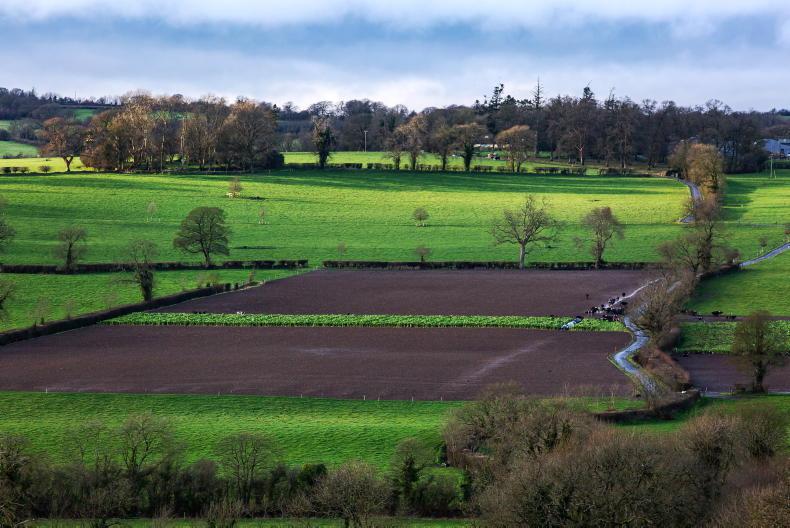
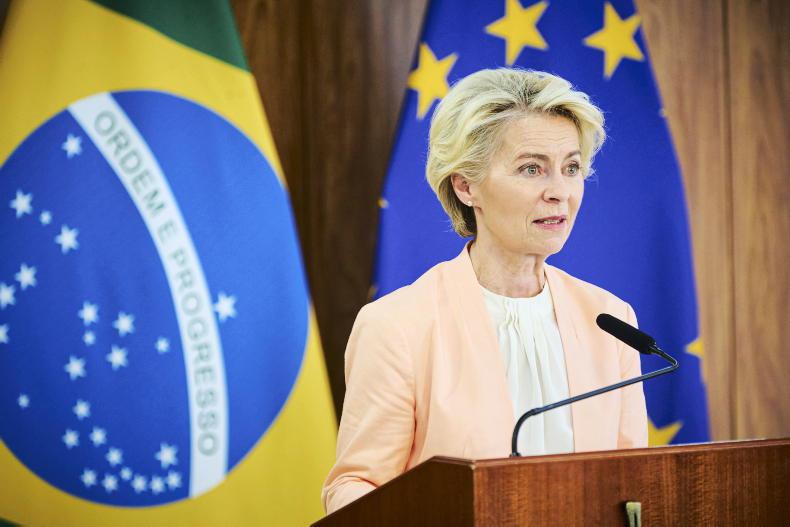
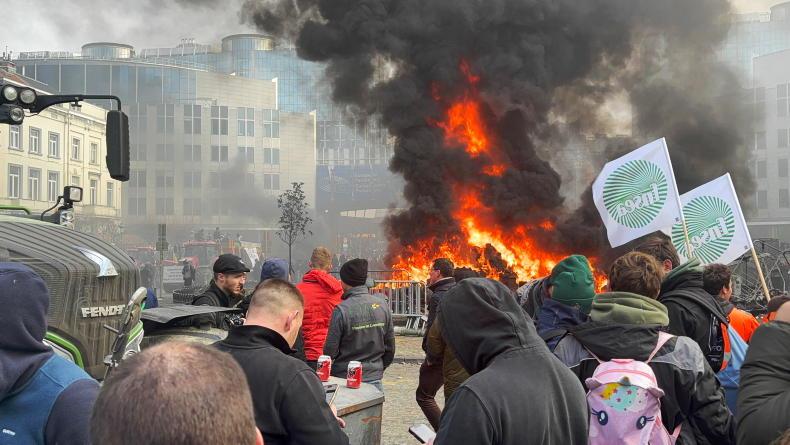
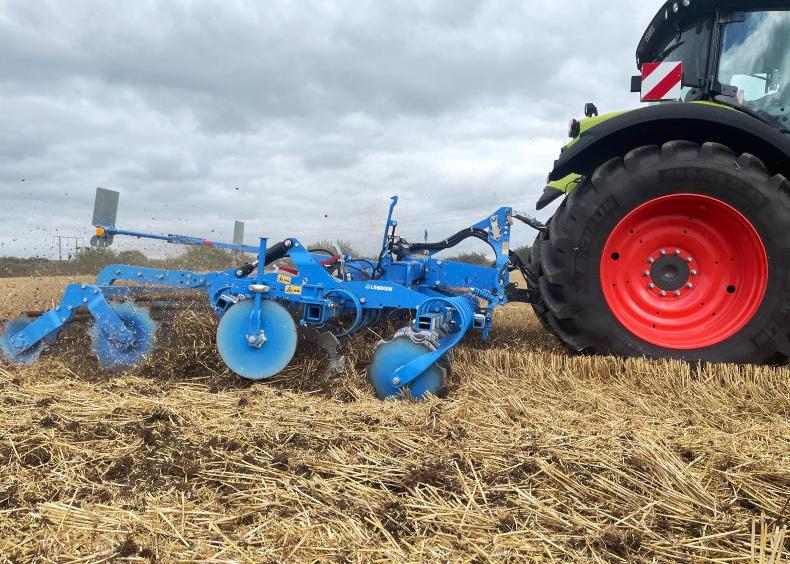
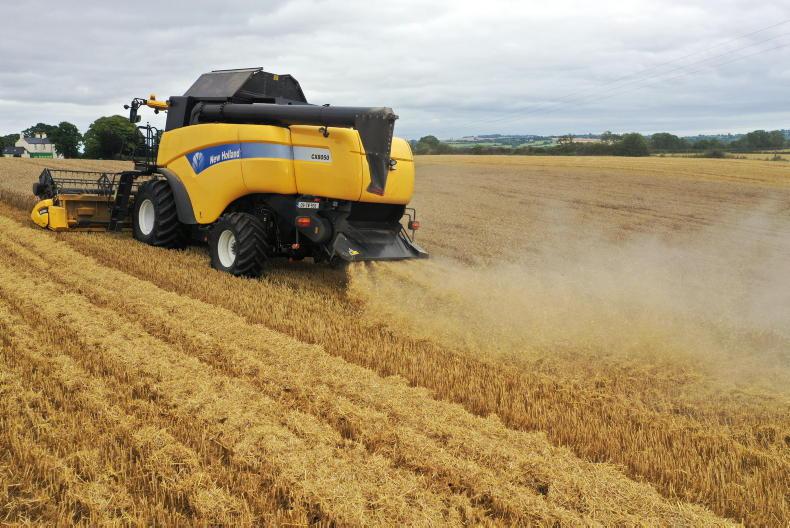
SHARING OPTIONS